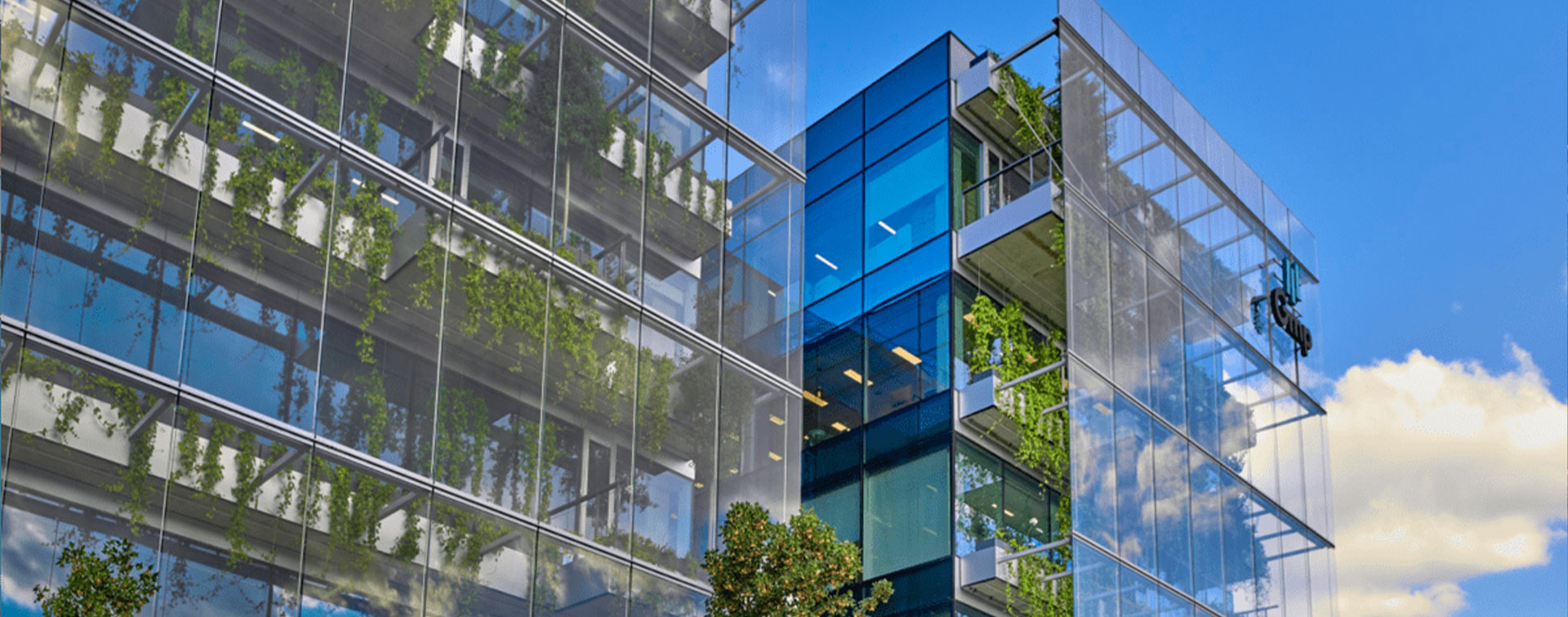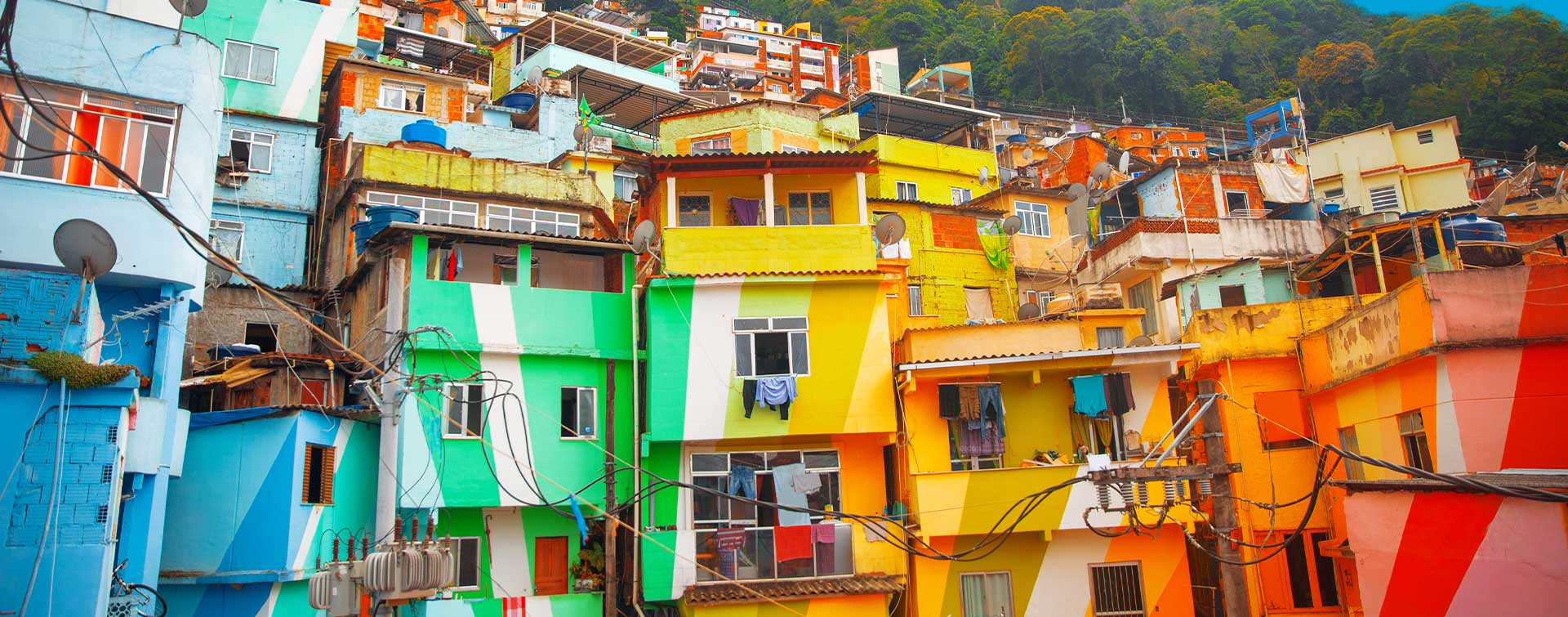 10 min
10 min
The Global Award for Sustainable Architecture™ highlights an experimental and participatory approach to architecture, in both the Global North and South.
The 2025 laureates all stand out for their vision of contemporary architecture that is both innovative and ecologically responsible. Their work reflects a bold response to current ethical, social, and environmental challenges, while exploring new approaches to energy, materials, and technologies.
In summary, the 5 laureates of 2025:
• Dr. Salima Naji, anthropologist and architect (Morocco)
• Prof. Dr. Hoang Thuc Hao, architect, founder of 1+1-2 (Vietnam)
• Marie Combette and Daniel Moreno Flores, architects, founders of La Cabina de la Curiosidad (France and Ecuador)
• Marie and Keith Zawistowski, architects, founders of onSITE (France and United States)
• Andrea Gebhard, geographer, sociologist, urban planner, and landscape architect, founder of m• g • k mahl gebhardkonzepte (Germany)

Dr. Salima Naji, anthropologist and architect (Morocco)
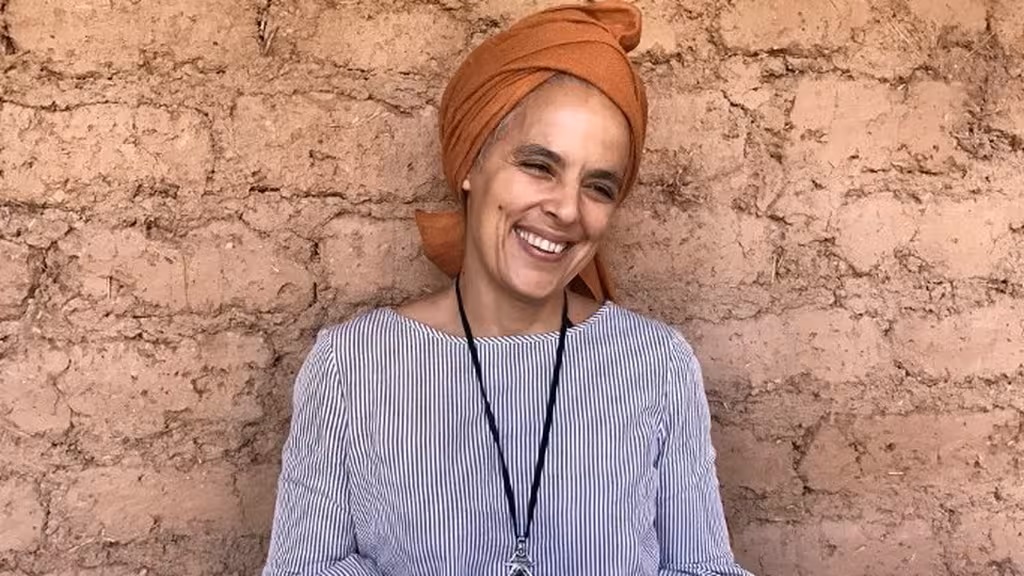
“Architecture is an indispensable response to climate or epidemiological emergencies.”
Moroccan architect and anthropologist Salima Naji has been developing for over 20 years a construction approach deeply rooted in local resources, vernacular techniques, and community dynamics. She favors durable materials like earth, dry stone, or tataoui (a traditional roofing system), integrated with contemporary elements such as lightweight steel structures and seismic chains.
Her objective: to rehabilitate rather than build new, to transmit artisanal knowledge, and to strengthen the autonomy of communities. By bringing together users, craftsmen, authorities, and architects, she designs frugal, resilient projects adapted to the environmental challenges of southern Morocco.
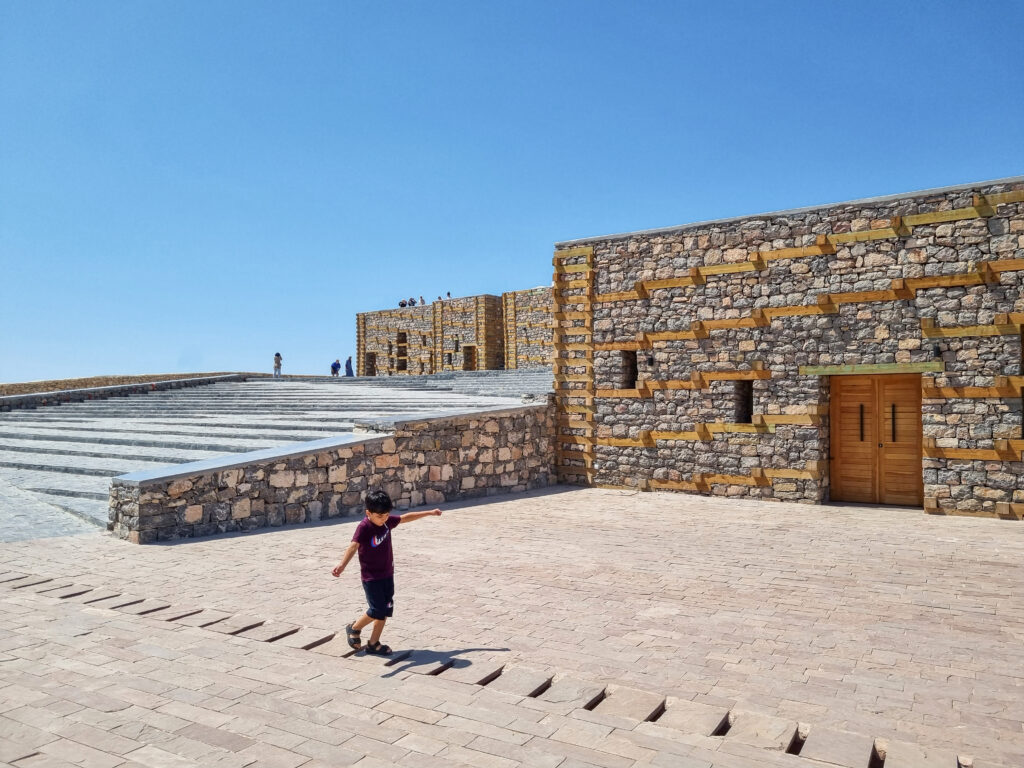
Revitalization of the Agadir Oufella Citadel – Agadir, Souss-Massa: A project to rehabilitate a major historical site, including seismic reinforcement of the kasbah, the creation of a welcoming esplanade, and new buildings using improved traditional materials. A lightweight steel structure supports tataoui ceilings. The project highlights the site’s memory while opening it to contemporary and community use. ©David Goeury
Heritage Interpretation Center of Tiznit – Medina of Tiznit: Located within a rehabilitated kasbah, this center features an open-air theater, dry stone vaults, and a concrete/earth structure. It is designed as a place for intergenerational transmission around local heritage, bringing together culture, architecture, and community life. ©Guy Thimel

Prof. Dr. Hoang Thuc Hao, founder of 1+1>2 (Vietnam)
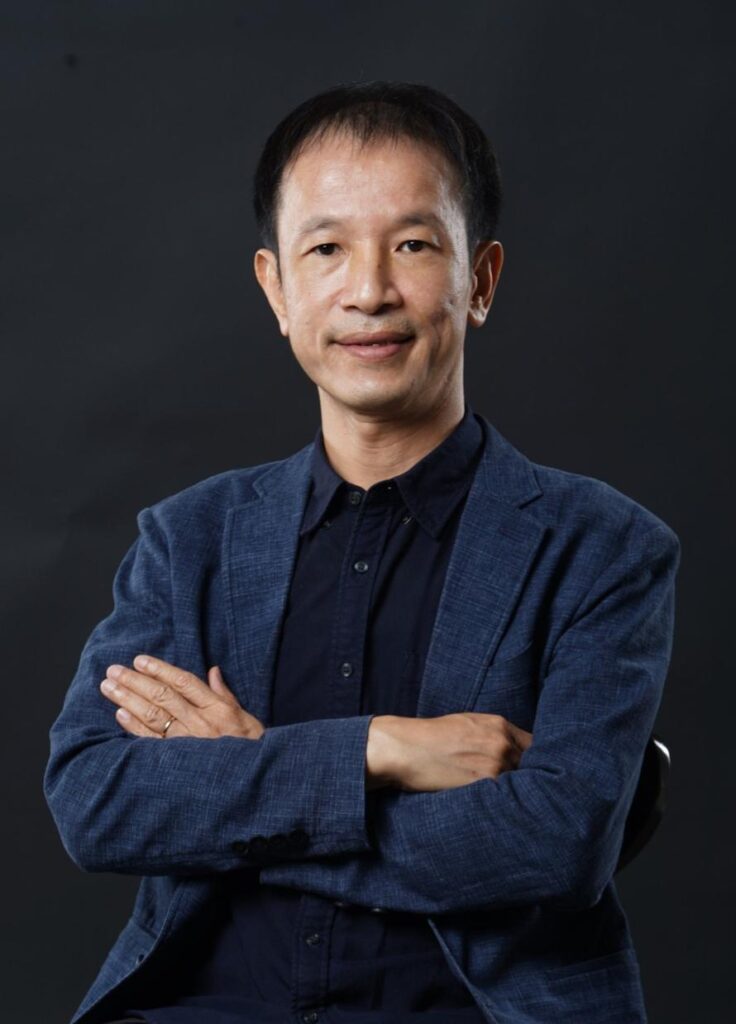
“The architecture of happiness is a design process aimed at bringing joy and dignity to disadvantaged communities.”
Vietnamese architect and founder of the agency 1+1>2, Hoàng Thúc Hào is a leading figure in sustainable architecture in Asia. His work, centered on rural and marginalized communities, is based on a philosophy he calls “architecture of happiness.” It combines social justice, environmental sustainability, and cultural continuity.
He systematically uses vernacular techniques (bamboo, wood, local leaves, stone) adapted to contemporary challenges (thermal comfort, seismic resilience, climate resilience) and designs each project as a direct cooperation between architects, inhabitants, craftsmen, and researchers. Through schools, community homes and model villages, he demonstrates that it’s possible to build with little, but with meaning and impact, in particular by using technologies that respect human and environmental values (“right tech”).
Community House of Cẩm Thanh – Hội An, Quảng Nam Province: Built with bio-sourced materials (guột – plant leaf, wood, masonry), this house uses movable partitions to adjust spaces according to use. The project promotes natural ventilation and involves the community in managing the site. It hosts exhibitions, training, and events—a tool for ecological and social resilience in a typhoon-sensitive coastal region. Crédit : ©1+1>2 Architects
Multipurpose Community Center of Lam Son – Thanh Hóa Province: Combining a bamboo frame and concrete, this building showcases bamboo’s structural strength. Its wide roofing system encourages shade and natural ventilation. Designed with the local population, it is a model of hybrid architecture, demonstrative, educational, and deeply rooted in its context. ©1+1>2 Architects

Marie Combette and Daniel Moreno Flores, founders of La Cabina de la Curiosidad (France and Ecuador)
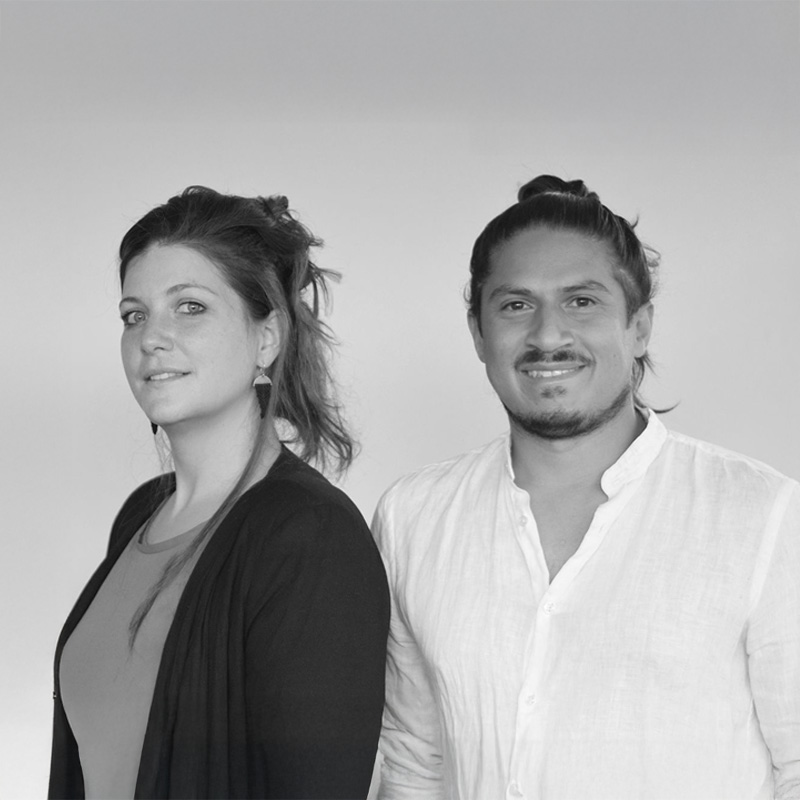
“We believe in an architecture born from curiosity, observation, and respect for local knowledge.”
Marie Combette and Daniel Moreno Flores, founders of La Cabina de la Curiosiad, develop sustainable architecture deeply rooted in Ecuadorian territories. Their approach combines craftsmanship, ethnography, design, and ecology, with particular attention to natural resource management and waste valorization.
Through participatory projects, they transform local and recycled materials into sensitive, functional structures, closely tied to community skills and lifestyles. Their architecture, both experimental and poetic, reveals the beauty of the natural environment and asserts a strong environmental consciousness, contributing to sustainable development in rural and Andean areas.
Lodgings in the quarry, looking at the volcan Tungurahua – Baños de Agua Santa
Designed with volcanic rock from the site and local woods, this project combines mineral strength and structural lightness. Roofs open widely to the landscape while ensuring natural ventilation. The site is conceived as an immersion in nature, transforming a former quarry into an ecological, contemplative refuge. ©Bicubik Photography
Chaki Wasi, handicrafts Center – Shalalá Community, Cotopaxi:
This center houses workshops and stores promoting indigenous crafts. Its wooden structure follows a regular grid that facilitates self-construction and modularity. The roof protects workspaces while allowing natural light. The project is an economic and cultural empowerment tool for the local community. ©Oscar Velaso

Marie and Keith Zawistowski, founders of onSITE (France and United States)
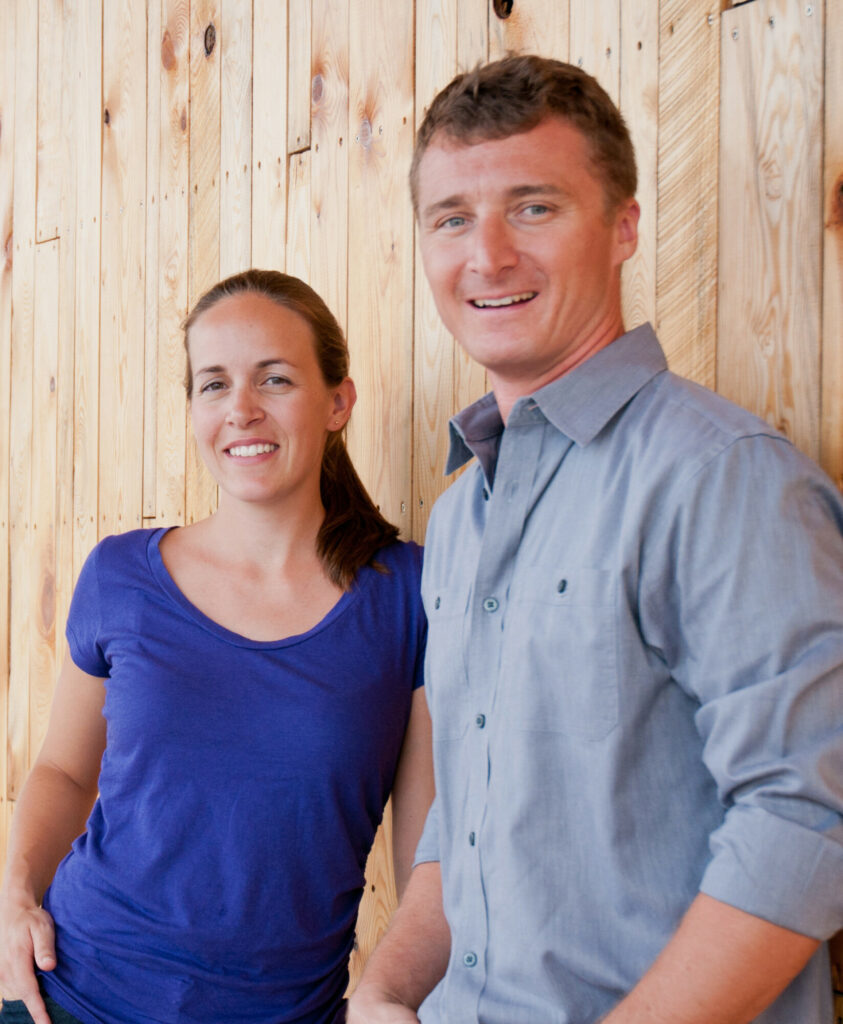
“Our educational approach aims to reconnect students with materials, traditional construction techniques, and the social implications of architecture.”
Marie and Keith Zawistowski, founders of the onSITE studio, embody a sustainable architectural approach combining design, construction, and transmission. Their approach relies on the use of local and bio-sourced materials, traditional construction techniques, and direct involvement of students and local communities in projects, envisaged as a process of continuous experimental learning.
This method aims to create low environmental impact buildings, adapted to their context, while training a new generation of architects aware of ecological and social issues.
Jean Rostand School Restaurant – Bourgoin-Jallieu: This 300 m² building is made from rammed earth, stone, wood, and sprayed plant-based concrete. Rammed earth load-bearing walls regulate humidity and temperature, while natural stone is used for wet areas. Local wood forms the frame and joinery. Plant-based concrete made from hemp ensures thermal insulation. The project also includes a green roof and double-flow ventilation systems, offering optimal comfort while minimizing carbon footprint. ©Max Verret
Rural (or) Green House – Bordeaux: This experimental project explores gentle densification in peri-urban areas. The house is partially buried, using excavated earth to create a berm improving thermal insulation. Local wood structures and large openings encourage natural ventilation and passive lighting. The project applies traditional construction techniques adapted to contemporary needs. ©Max Verret

Andrea Gebhard, founder of m• g • k mahl gebhardkonzepte (Germany)
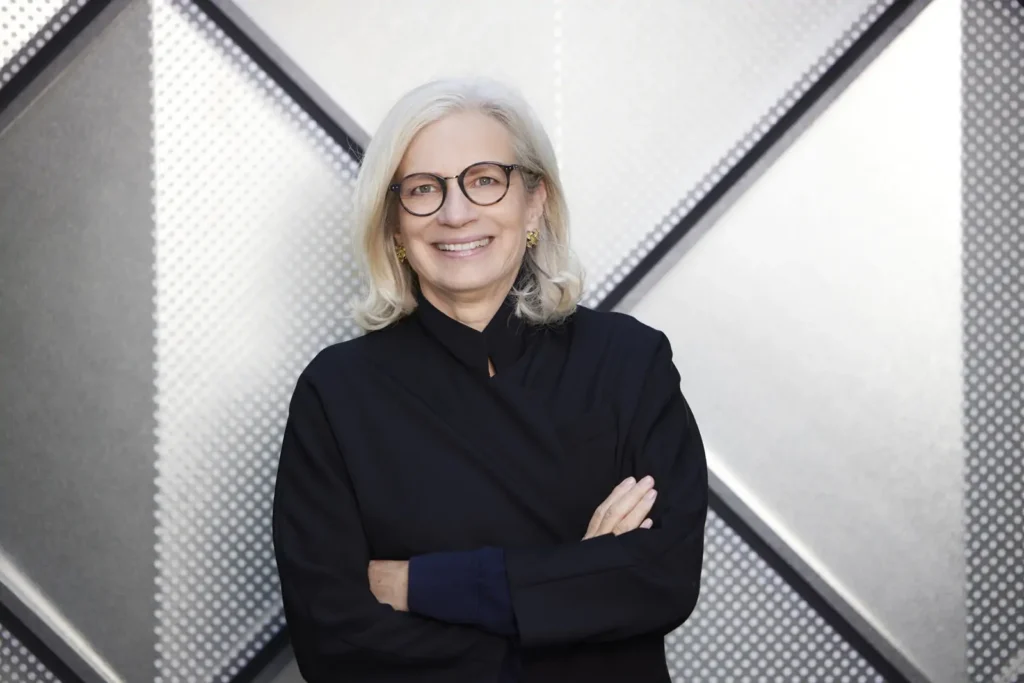
“Sustainable urban planning requires an integrated approach that balances environment, society, and economy.”
Urban planner, landscape architect, and sociologist, Andrea Gebhard is the founder of the German agency mahl gebhardkonzepte, where she works to sustainably reintroduce nature into urban environments. Through a systemic vision of urban landscapes, she advocates for planning that integrates ecological, social, and climate issues from the outset.
Her approach combines sensitive interventions with concrete strategies: inclusion of green spaces in urban projects, sustainable management of resources (water, soil, biodiversity), renaturation of industrial wastelands, and development of resilient landscape infrastructures. As President of the Federal Chamber of German Architects, she also advocates strongly for sustainable urban transformation at all scales.
Baumkirchen Landscape Park – Munich: Located on a former railway hub, this urban development is centered around a large green space serving as the environmental and social backbone of the neighborhood. The project valorizes the site’s industrial past and emphasizes vegetation, ecological corridors, limited soil sealing, and integrating nature into the built fabric. ©Marcus Hassler
Catalysis Research Center – TU Munich: This university project integrates an indoor garden, diverse plantings (lawns, magnolias), and colored rubber flooring. In collaboration with artists, the space is designed as a place of breathing and interaction between science, nature, and art, with attention to climate adaptation and user comfort. ©Marcus Hassler
Jury members 2025 Presided by Prof. Dr. Jana Revedin, founding president of the Global Award for Sustainable Architecture™:
• Marie-Hélène Contal, architect, Dean of École Spéciale d’Architecture, Paris, France
• Dr. Jacopo Galli, architect, IUAV University of Venice, Venice, Italy
• Prof. Dr. Spela Hudnik, architect, University of Ljubljana, Slovenia
• Prof. Dr. Deniz Incedayi, architect, Mimar Sinan Fine Arts University, Istanbul, Turkey
• Prof. Dr. Salma Samar Damluji, architect, American University of Beirut, Lebanon
• Prof. Dr. Werner Sobek, architect and engineer, University of Stuttgart, Germany
Learn more: https://globalawardforsustainablearchitecture.com/
Photo credits: For Dr. Salima Naji: Agence France Presse Frédérique Prabonnaud / Andrea Gebhard: Laurence Chaperon







